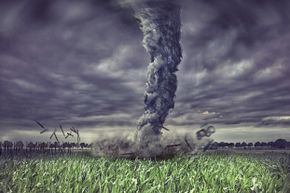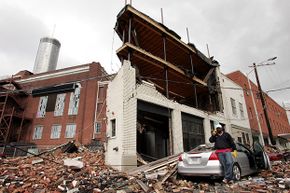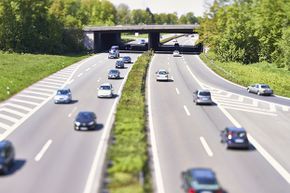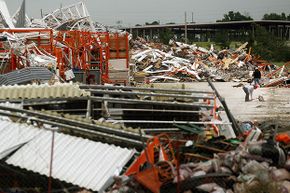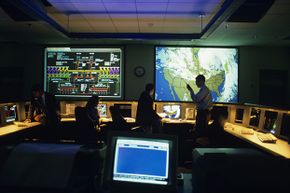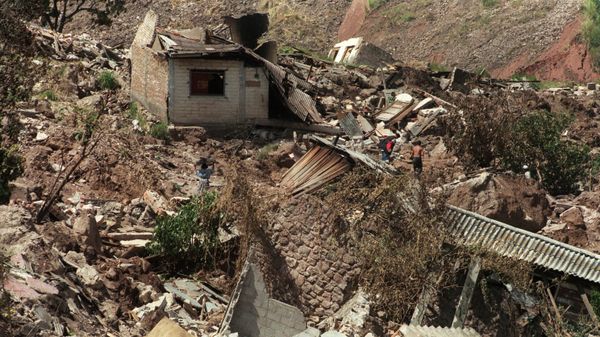While watering the garden one spring day, your eyes turn skyward at the sound of distant thunder. Dark clouds are building on the horizon. You turn off the hose and head inside to check the weather. As soon as you turn on the television, you're blasted with the ominous squawk of an emergency alert. "The National Weather Service has issued a tornado warning for the following counties," a voice declares through the static. Your pulse quickens as the list begins, and sure enough, you're in one of the threatened areas.
Outside, the wind picks up as you plan your next move. Where is the safest place to be? Didn't someone say to open a window? Should you even be worried about the weather forecast? The rain intensifies. You try to remember what the police officer told you in that seventh-grade assembly, but to no avail. Before you can sort it all out, things suddenly take a turn for the better: The wind and rain die down, and the sun even peeks from behind the clouds. Thankfully, your house survived with just a flicker of the lights and a few downed tree limbs in the yard. But what about next time? To prepare for the worst, you'll need to know what tornado survival tips to believe and, just as importantly, which ones to ignore.
Advertisement
